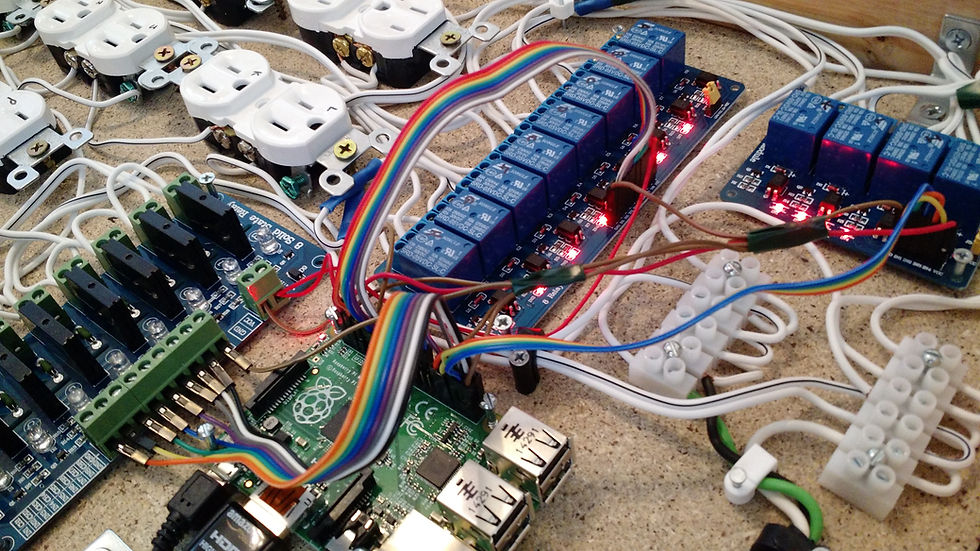Steven Engel: Engineering Portfolio
Introduction to Robotics Engineering Table of Contents
Course Description
Lessons
Mars Rover Project
Severna Park High School Table of Contents
Main Table of Contents

Introduction to Robotics Engineering
2018, Mr. Bernstein
Course Description:
“Introduction to Robotics Engineering (IRE) is a high school-level course introducing the rising area of robotics. The course exposes students to some of the major concepts that they will encounter in a postsecondary robotics course of study. Students have an opportunity to investigate robotics and high tech careers. IRE gives students the opportunity to develop skills and understanding of course concepts through activity-, project-, and problem-based (APPB) learning. Used in combination with a teaming approach, APPB learning challenges students to continually hone their interpersonal skills, creative abilities, and problem solving skills based upon engineering concepts. It also allows students to develop strategies to enable and direct their own learning, which is the ultimate goal of education.”
In Robotics, I discovered my passion for both the software and hardware sides of computers. I also learned that robots have enormous potential in many aspects of society. However, perhaps most importantly, I discovered the power of teamwork in fields where so many different skills are needed.
Table of Contents

Lessons
During the first half of the class, programming was the primary focus. The language of RobotC was taught using various challenges with a robot in a virtual environment, including the following:
Making a virtual robot…
Push heavy cans out of a ring
Perform various complicated turns
Complete “basketball drills” (move back and forth repeatedly in a straight line)
Navigate through various obstacle courses
Follow a line using the line tracker sensor
In addition, each student explored the effects of robotics on an aspect of society. Robotic tractors and the effects of robotics on agriculture were researched during this time.

Mars Rover Project
The second half of the class was dedicated to the Mars Rover Project. A remote-control vex robot was to be built and programmed, then sent to a hidden side of the room to collect rocks. A camera was placed on the robot, and the driving was done in first person. An obstacle course of hazards to the robot was set up; past these were the necessary rocks. In order to pass the challenge, 40 grams had to be collected in under five minutes.
Criteria:
Able to collect 40 grams of rocks
Able to maneuver over various unknown obstacles
Fast enough to collect rocks in under 5 minutes
Constraints:
Primarily uses Vex Equipment
Programmed in RobotC
Less than 15”x15”x15”
Cannot view obstacle course beforehand
Mars Rover Project
To take on this challenge, a Vex robot was developed (physically building, programming, and constant testing and iteration). The robot fell within the constraints and more than met the criteria. In five minutes, the robot managed to quickly and effectively roll over the obstacles and collect 288 grams of rocks- more than seven times what was required. Left click below to view the development of this robot.
 Mars Rover: BuildingThis image shows some critical physical components of the robot. |  Programming- Controls MappingThis Vex controller was used to remotely control the robot. Various functions were programmed so that the robot would respond to human input/controls. |  Mars RoverThis image shows the final robot sent to "Mars". |
|---|